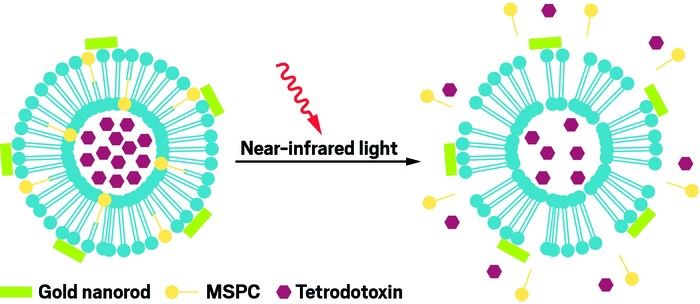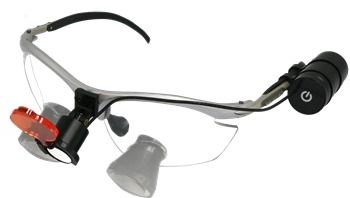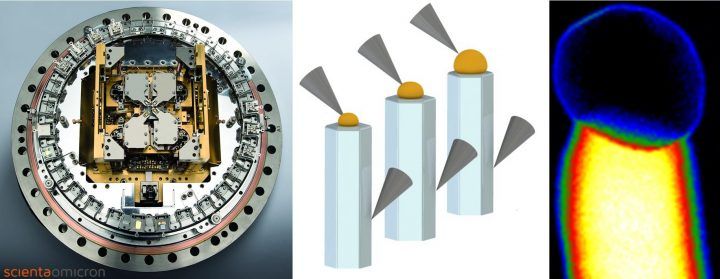
The PBR theorem is another theorem of quantum mechanics, which could go alongside Bell’s Theorem and the Kochen-Specker Theorem. I wrote this explanation in 2011, before the paper was officially published in Nature. Since then, it’s been recognized as a moderately important theorem, and it has been named after its three authors (Pusey, Barrett, and Rudolph). But at the time I didn’t really know whether it would become important.
There’s a new paper on arxiv called “The quantum state cannot be interpreted statistically “. It has a theorem which proves that, given a few basic assumptions, the quantum state (ie the wavefunction) must be real, rather than a merely statistical object. Nature has an article which mostly just harps on how “seismic” the paper is.
Nature (correction: the article’s author, not Nature itself) compares its importance to Bell’s Theorem, which is a very important result indeed from 1964. Bell’s theorem proved that if there were “hidden variables” underneath the quantum state, then entangled particles must be communicating with each other faster than light. I’ve explained Bell’s theorem in the past.
Continue reading “The PBR Theorem explained” »

















